The reliance on speech technology has increased in recent years, bringing voice-based applications to the public. ASR, or Automatic Speech Recognition, enables computers to understand and interpret speech, creating a pathway for countless new AI-driven applications and platforms that range from transcription services to voice assistants and more.
In this blog post, we’ll take a closer look at ASR, advancements in the field, the advantages and disadvantages of this technology, and how platforms like aiOla are filling in the gaps.
What Is ASR?
ASR is a system that allows computers to take human speech and produce text through the use of technologies like Machine Learning (ML), Natural Language Processing (NLP), and Artificial Intelligence (AI). Some of the apps we use every day employ this technology, such as captions on social media videos, automated transcription, and even virtual assistants like Siri or Alexa.
This transformative field combines elements of linguistics, signal processing, and machine learning, leveraging sophisticated algorithms and models to decipher and understand human speech. ASR systems analyze audio input, extracting relevant linguistic information and generating textual outputs that accurately represent the spoken words.
Advancements in ASR
Advancements in voice and speech-driven applications are increasingly emerging. In 2022, the global voice recognition tech market was close to 12 billion dollars, with that amount expected to grow to 50 billion by 2029.
As ASR systems are one of the technologies that fuel this growth, it’s currently advancing at a fast pace. While this is a relatively new technology, looking at the pattern of expected innovations and advancements in this field is a good way to anticipate the future of ASR and its potential different applications.
Companies in this field are now focusing on multilingual models, such as Amazon Transcribe. While today’s ASR models are largely trained in English data sets, this is changing as new models are adopting multilingual approaches, enabling a higher-quality approach to ASR.
- It’s expected that ASR systems will unlock the potential for more advanced applications by providing a richer output of information such as possible language interpretations and identifying additional information such as regional dialects, accents, or emotions.
- ASR is likely to become more accessible, affordable, and privatized, making it quicker and more reliable and allowing for new developments. For example, ASR systems will be able to search through videos to help index them for hearing-impaired viewers.
- Like AI technology is expected to do, ASR platforms will be constantly evolving through continuous learning from humans, enabling systems to begin understanding new vocabulary and language on their own through machine learning.
The Advantages and Disadvantages of ASR Technology
Like any piece of technology, there are a number of benefits and drawbacks to ASR. To better understand how these systems can help and how they can fall short, here’s a look at some advantages and disadvantages of ASR.
Advantages of ASR Technology
- Higher productivity: Productivity increases by making manual tasks more efficient, reducing the time and effort for things like dictation, note-taking, and content generation.
- Hands-free operation: With hands-free operation, users can multitask without dividing their attention, making things like driving, cooking, or physical activity safer.
- Voice-enabled applications: Serving as the foundation for voice-enabled applications, such as virtual assistants, voice commands, and voice search, ASR systems offer intuitive and natural interactions, providing a seamless user experience.
- Language support: With real-time translation, communication across different languages is more accessible and opens up opportunities for multilingual interactions, global collaboration, and cultural exchange.
- Better accessibility: ASR technology helps individuals with disabilities or impairments, such as speech or hearing difficulties, to interact with computers, media, and devices.
Disadvantages of ASR Technology
- Vocabulary, accents and jargon: ASR systems may struggle to accurately adapt to speakers with unique accents, speech patterns, dialects, or even specific industry jargon. Training ASR models for specific use cases or niche domains can be tedious and time-consuming.
- Accuracy and acoustic limitations: ASR isn’t accurate at recognizing speech in noisy environments, unpredictable or noisy background noise, varying accents and languages, or speech impairments, leading to errors in transcription, misunderstandings, or incorrect interpretations.
- Contextual understanding: Capturing the full context and nuances of human speech is a challenge, such as understanding sarcasm, humor, or implied meaning.
- Function words, fillers and hesitations: Short utterances and backchanneling can be challenging to identify due to their usage of function words, fillers like “uhm,” and backchannels. These linguistic elements can occur in various contexts and are often expressed in a rudimentary manner, making them difficult to detect solely from audio traces.
The Benefits of Combining ASR and NLU
Combining ASR and Natural Language Understanding (NLU) helps systems drastically improve comprehensive and effective human-computer interaction. NLU is an AI technology that enables machines to understand and interpret language, allowing them to decipher meaning, context, and intent behind text or speech inputs.
Here are just a few reasons why using ASR and NLU together is important:
- Seamless voice interactions: ASR converts spoken language into text and NLU allows machines to understand and interpret meaning behind that text. By combining the two, machines can understand user intentions and commands expressed through speech.
- Contextual understanding: NLU complements ASR by providing contextual understanding. ASR alone lacks the ability to infer user intent, but NLU bridges this gap by analyzing transcribed text, considering linguistic cues, and extracting meaning.
- Improved accuracy: ASR systems can sometimes introduce errors during speech recognition. NLU can analyze transcribed text, apply language models, and consider context to correct misinterpreted or ambiguous speech, producing more reliable outputs.
By combining ASR and NLU, machines can move beyond basic speech recognition and engage in intelligent and meaningful user interactions, ultimately leading to more effective and natural human-computer interactions.
The aiOla Difference
aiOla is a patented and proprietary speech-driven AI platform that helps critical industries work more efficiently, saving time and gathering essential data through everyday languages. What makes aiOla stand out is how the platform combines ASR and NLU to accomplish what no speech system has been able to do before.
Now, aiOla enables organizations to capture important data through languages, helping them cut down on the time spent on manual tasks. Unlike other speech-driven systems that are limited to specific language inputs, aiOla functions in over 100 languages, understands industry jargon and specific accents, and can cut through any acoustic environment to gather data.
This means that businesses don’t need to change a thing about their workflows and can continue working with their existing processes while simultaneously gathering information from speech; data they’ve never had access to before. aiOla’s system is entirely automated, meaning the platform functions hands-free, allowing your workforce to continue focusing on their tasks without any distractions.
Industries such as food safety, aviation, retail and CPG, delivery logistics, gas and oil, manufacturing, and others use aiOla for everyday processes to make tasks efficient and safer. It also helps them cut down on time spent on manual processes and increase production uptime.
Learn more about how it can benefit your business. Contact us for a demonstration of how aiOla can help you speak productivity into action.








